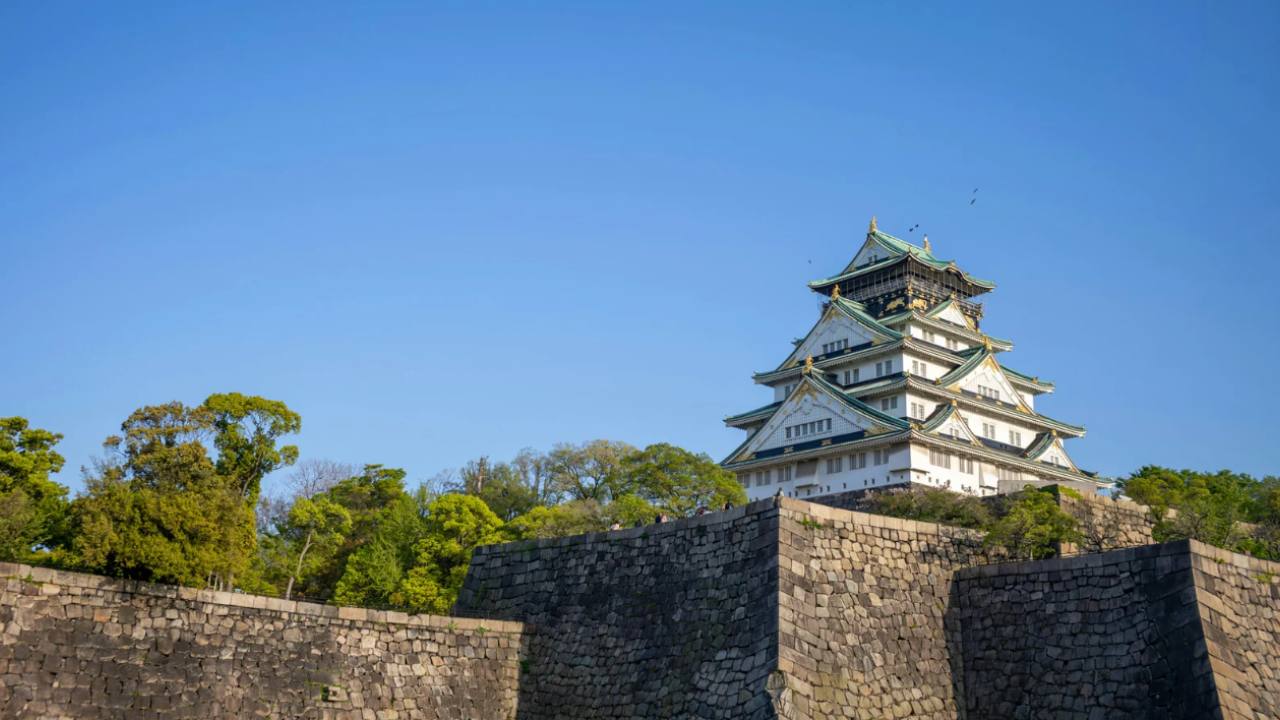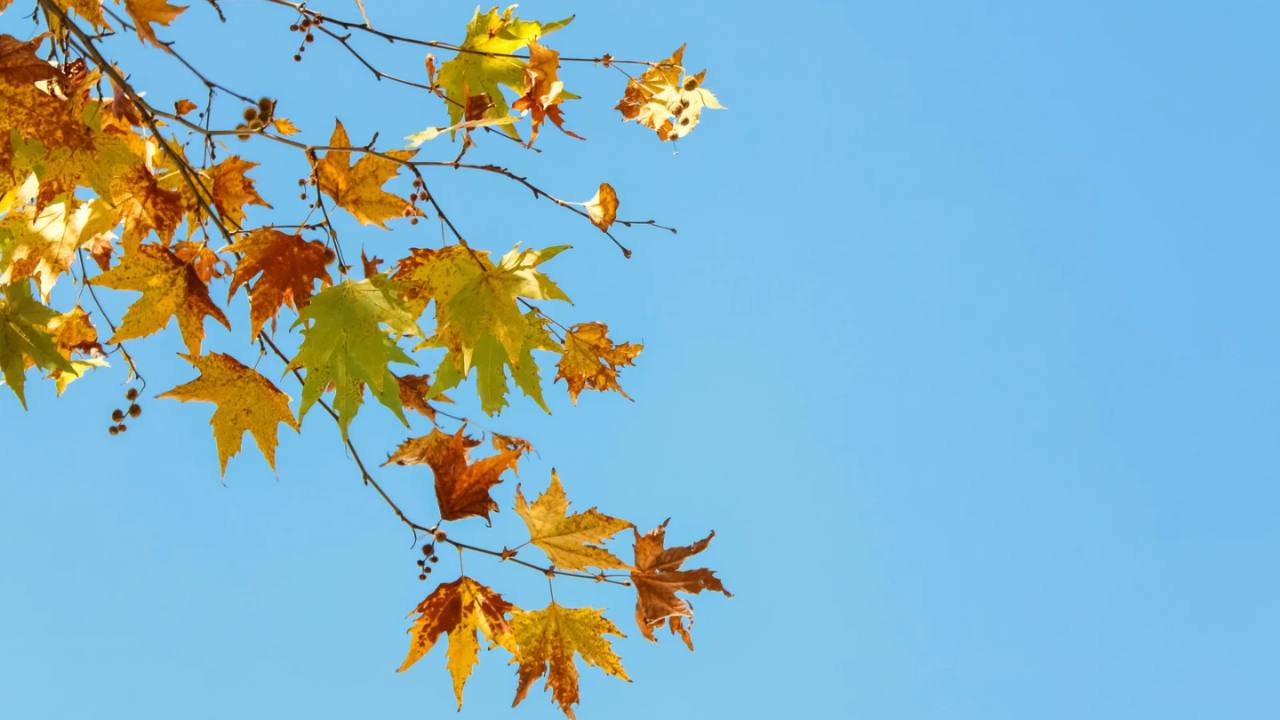神社の参拝の仕方/How to visit shrines
こんにちは!今日は、神社やお寺を参拝するときのルールをご紹介しますね。
Today, I’d like to introduce the proper etiquette for visiting shrines and temples in Japan.
まずはじめに、日本の主な宗教に神道と仏教があります。日本古来の宗教が神道で、神道の神様がいる場所が「神社」、インドから中国経由で伝来した仏教の仏様を祀っているのが「寺」です。
First, let’s start with a basic understanding of religion in Japan. The two main religions are Shinto and Buddhism. Shinto is Japan’s indigenous religion, and its sacred places are called shrines (神社, jinja). Buddhism, which was introduced from India via China, has temples (寺, tera) where Buddhist deities are enshrined.
このどちらの宗教も、他の宗教の方を排除しません。日本人は神社もお寺もどちらもお参りします。他の宗教を信じる外国の方が神社やお寺を参拝することも、神社やお寺の参拝ルールを守っていただきさえすれば、歓迎されます。日本の神様、仏様はどんな方も受けれてくださる、そんな寛容さがあります。
Both religions coexist harmoniously in Japan, and neither excludes followers of other faiths. Japanese people often visit both shrines and temples, and foreign visitors of different religious backgrounds are also welcome—as long as they follow proper etiquette. Japanese deities and Buddhas are known for their open-minded and welcoming nature.
参拝の時は一定のルールがあるので、それを守っていれば神様仏様も、またそこにいる人たちやご自身も、安心して参拝できるでしょう。
There are certain rules to follow when visiting these sacred places. By respecting these customs, you, the deities, and the people around you can all feel comfortable during your visit.
今日は、神道の神社を説明しますね。
Today, I’ll explain how to visit a Shinto shrine.
神社/お寺の区別の仕方
神社とお寺の区別は「鳥居」⛩️があるかどうかでわかります。赤色や、木、石などでできた鳥居が入り口にあるのが神社です。
How to Recognize a Shrine
The easiest way to distinguish a shrine from a temple is to look for a torii gate (⛩️) at the entrance. Torii gates, which are typically red, wooden, or stone, mark the boundary between the secular and sacred worlds.
神社参拝の作法
- 鳥居の前で一礼する。
- 鳥居をくぐるときは、道の中央を避けて端を歩く。
- 参道の真ん中は神様の通る道とされているため、左右どちらかの端を歩きます。
- 手水舎・てみずや(お手水・おちょうず)で身を清める。
- 柄杓(ひしゃく)を右手で持ち、水をすくって左手にかける。
- 柄杓を左手に持ち替え、右手を清める。
- 再び右手で柄杓を持ち、左手で水を受けて口をすすぐ。(柄杓に直接口をつけない)
- 柄杓を元の位置に戻す。
- 本殿での参拝
- 深く二回お辞儀をする。(二礼)
- 賽銭箱(さいせんばこ)にお賽銭(さいせん)を入れる。鈴があれば鳴らす。
- 両手を合わせ、二回手をたたく。(二拍手)
- 目を閉じて祈る。
- 最後に、深く一礼する。(一礼)
- 参拝後の作法
- 参道の端を歩いて帰る。
- お守り(まもり)や御朱印(ごしゅいん)をいただく場合は、この時に立ち寄る。
- 鳥居を出たら、振り返って神社の方を向き、一礼してから帰る。
Shrine Etiquette
- Before entering: Stop in front of the torii gate and bow once.
- Walking through the gate: Avoid walking in the center of the path, as it is reserved for the deities. Instead, walk on either side.
- Purification at the temizuya (お手水, water purification station):
- Take the ladle in your right hand and scoop up some water. Pour it over your left hand.
- Switch hands and pour water over your right hand.
- Switch hands again, pour water into your left hand, and use it to rinse your mouth. (Do not drink directly from the ladle.)
- Return the ladle to its original position.
- At the main shrine:
- Step forward and bow deeply twice (二礼, two bows).
- Offer a coin into the donation box. If there’s a bell, ring it to alert the deity of your presence.
- Clap your hands twice (二拍手, two claps).
- Close your eyes, pray, and express your gratitude.
- Bow deeply once more (一礼, one bow) to conclude your prayer.
- Leaving the shrine: Walk along the edge of the path again.
- If you want to purchase an omamori (お守り, amulet) or get a goshuin (御朱印, temple/shrine stamp), do so at this time.
- When you exit through the torii gate, turn around, face the shrine, and bow one last time before leaving.
これらの作法が大切な理由
どうでしたか?この作法さえ守っていれば、きちんと参拝したことになりますし、日本の神様もきっと喜んでくださると思います。むしろ、ただ見学をして何もしないで立っているより、きちんとご挨拶をした方がいいと思われます。
Why These Rituals Matter
As long as you follow these basic steps, you will have properly paid your respects at the shrine. The deities will surely appreciate your sincerity! In fact, rather than just standing around and observing, it is considered more respectful to actively participate and offer a proper greeting.
難しく感じるかもしれませんが、周りの日本人がやっていることを真似するだけで大丈夫です。ちょっとくらい間違っても誰も怒りませんから、ぜひやってみてくださいね。(日本人も曖昧にしか覚えていない時もあるのです)。きっと日本文化を尊重してくれる旅行者の方として、歓迎されると思いますよ。
These steps may seem complicated, but don’t worry—just follow what the Japanese people around you are doing. Even if you make small mistakes, no one will be upset. Many Japanese people themselves only vaguely remember the customs! What matters most is your respect for Japanese culture, and as long as you show that, you will be warmly welcomed.
解説の紹介動画がYouTubeにあったので、参考にしてみてください。
https://youtu.be/8kXNfbCEItE?si=c7W7V1E5oEM_2Ijr
Here’s a helpful video that explains the process in more detail:
📽️ YouTube Video
では次回木曜日は、お寺の参拝の仕方をご紹介します。楽しみにしていてくださいね!
On Thursday, I’ll introduce the proper way to visit Buddhist temples. Stay tuned!
Iroha






Responses